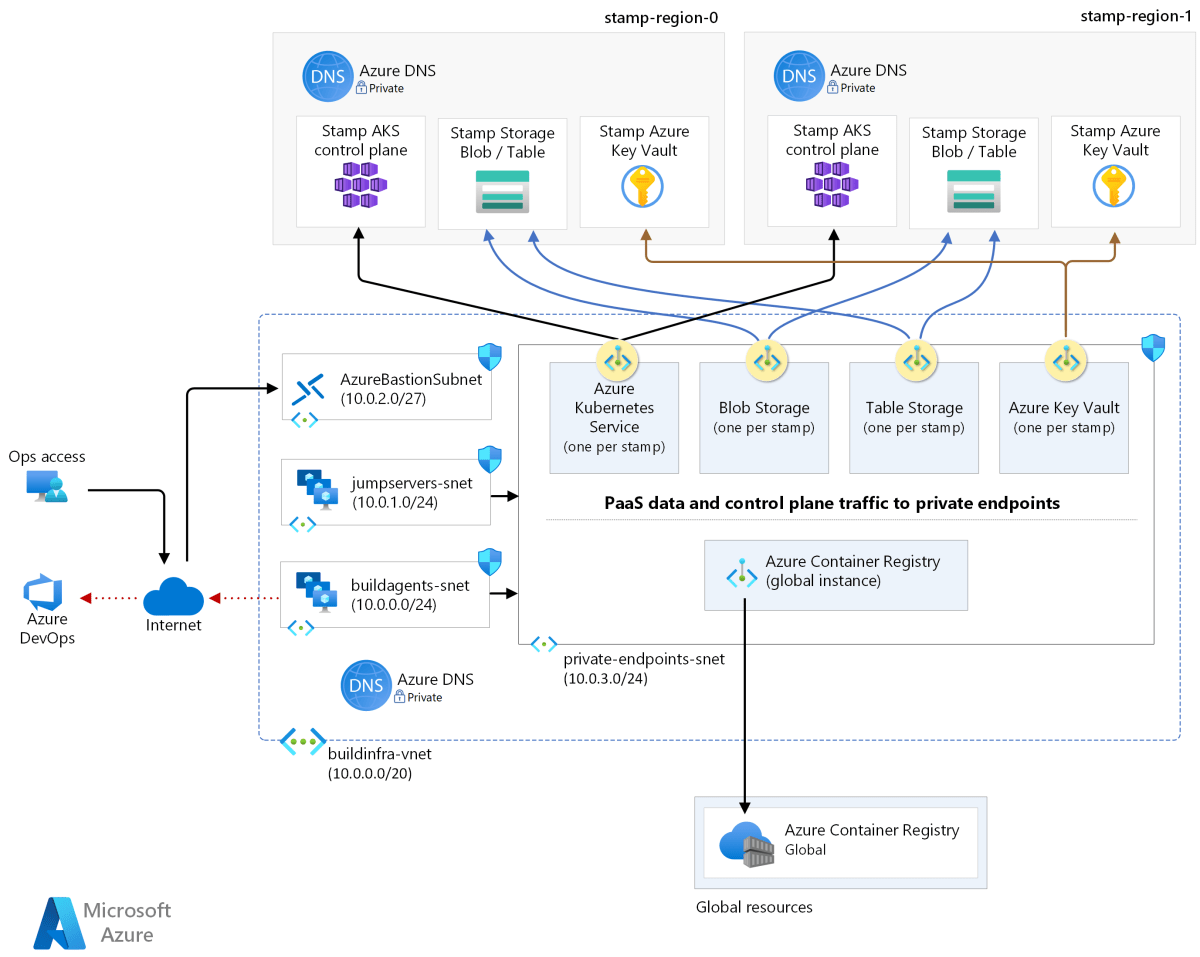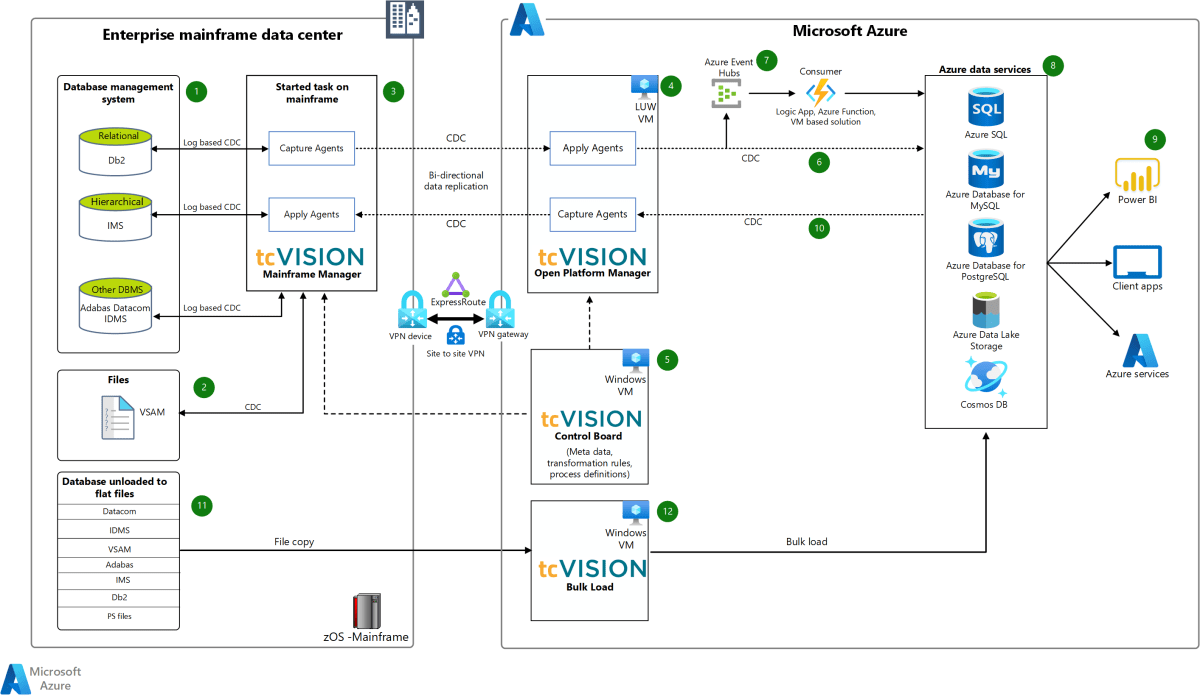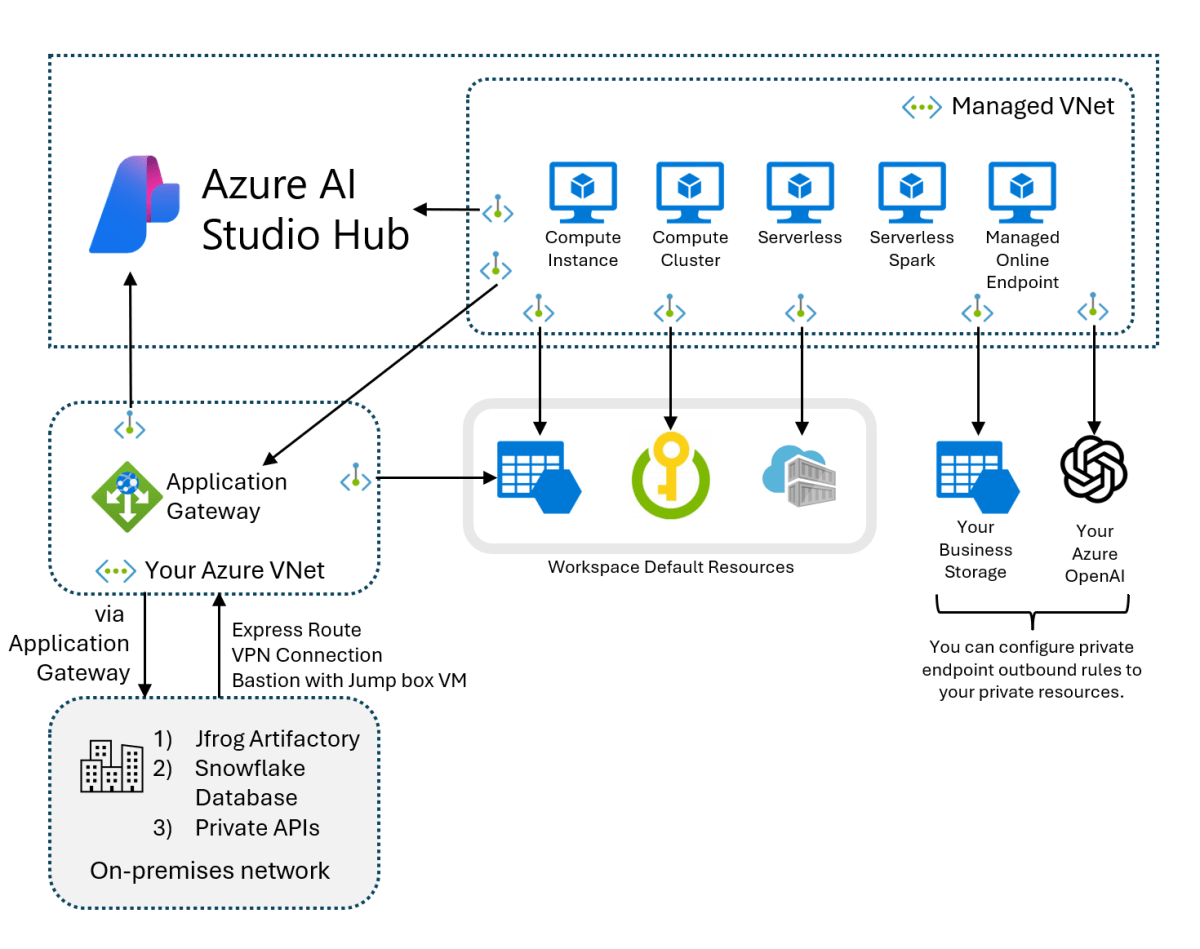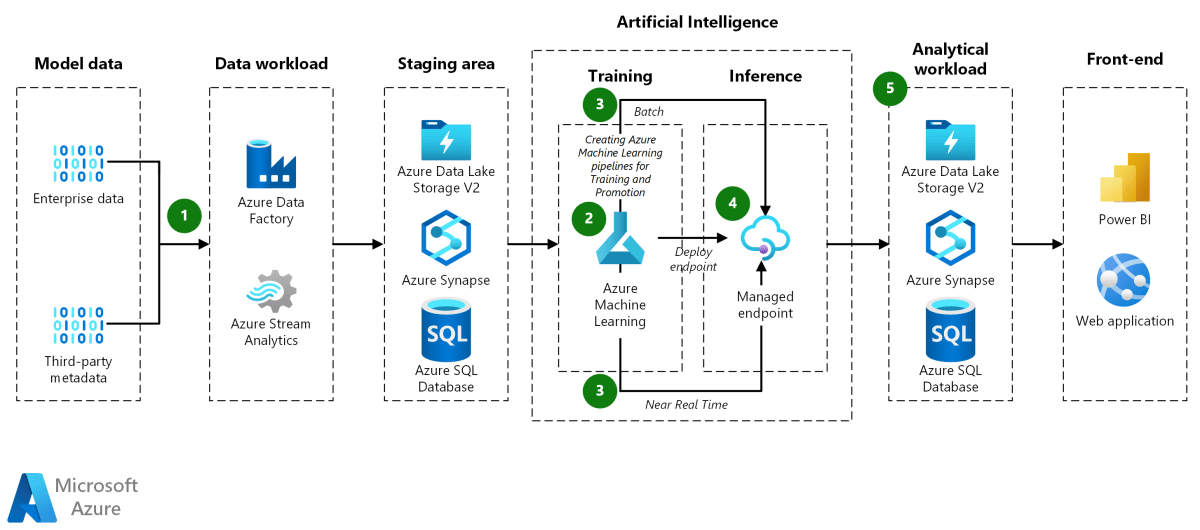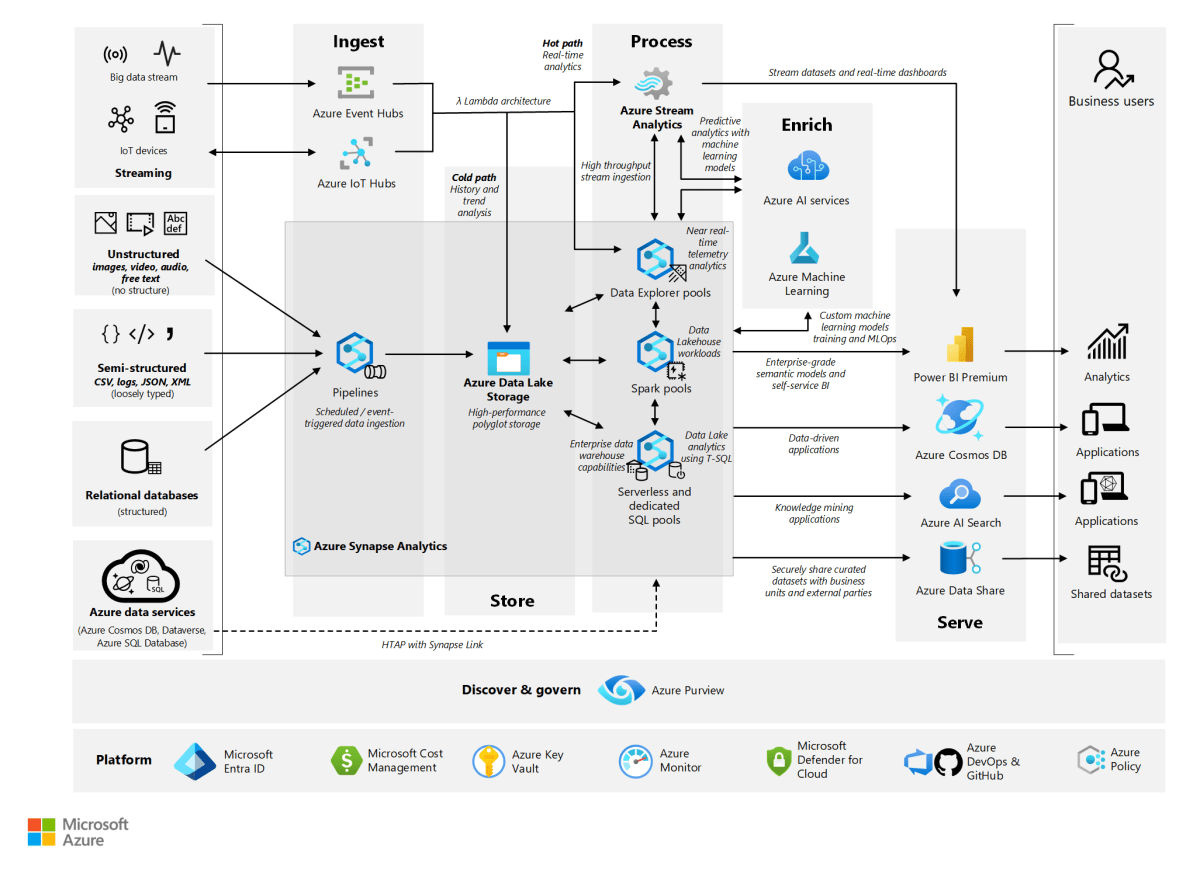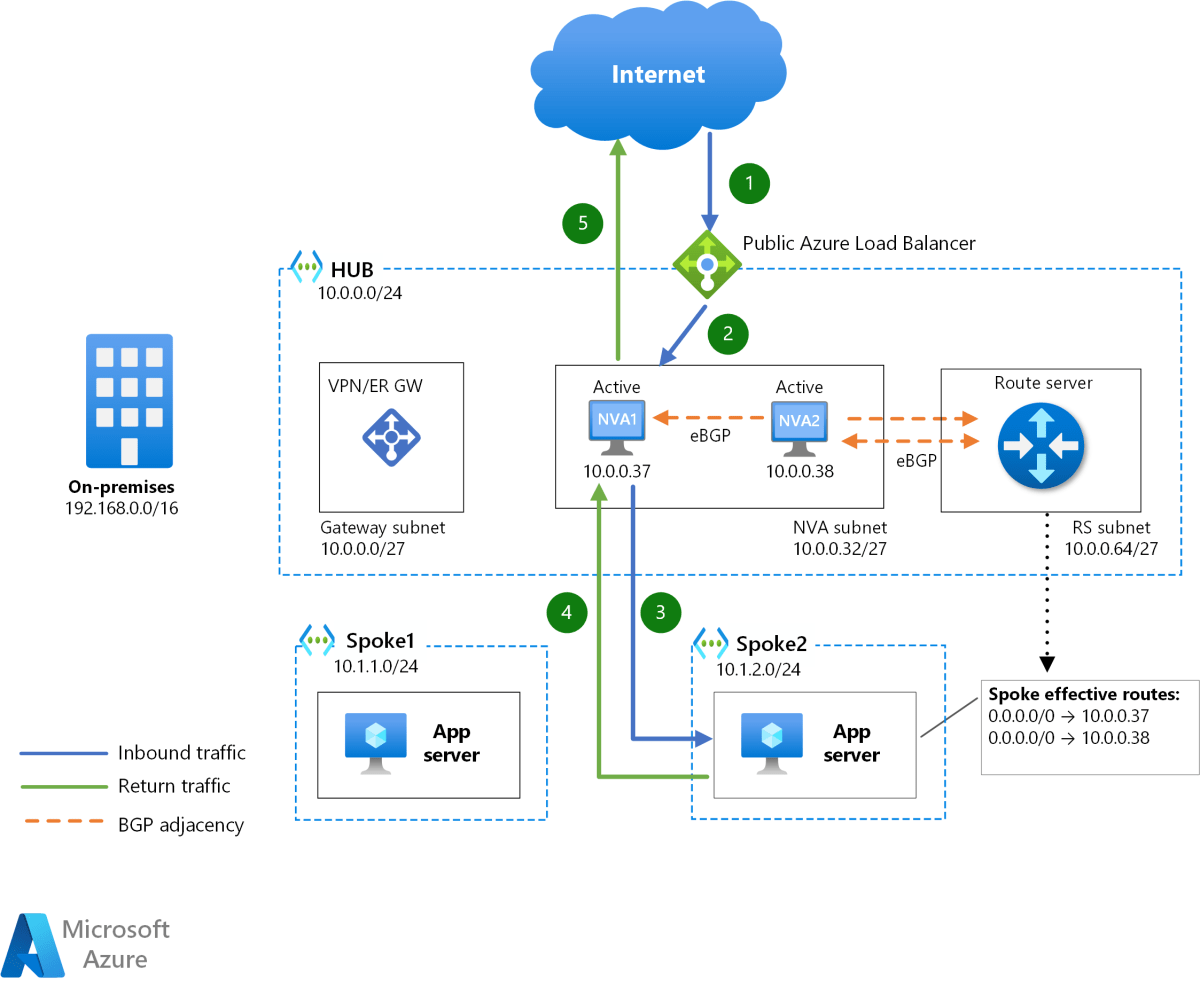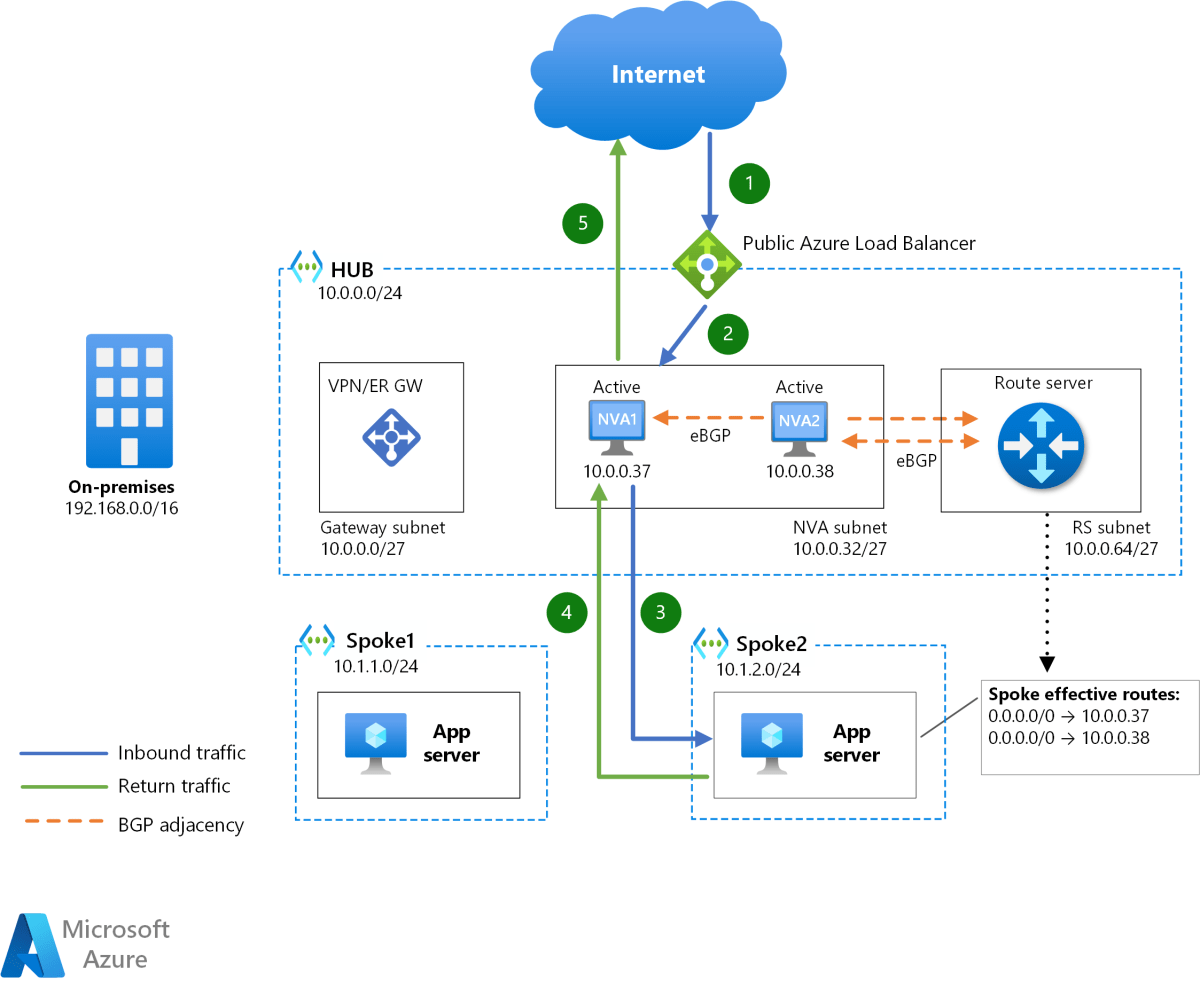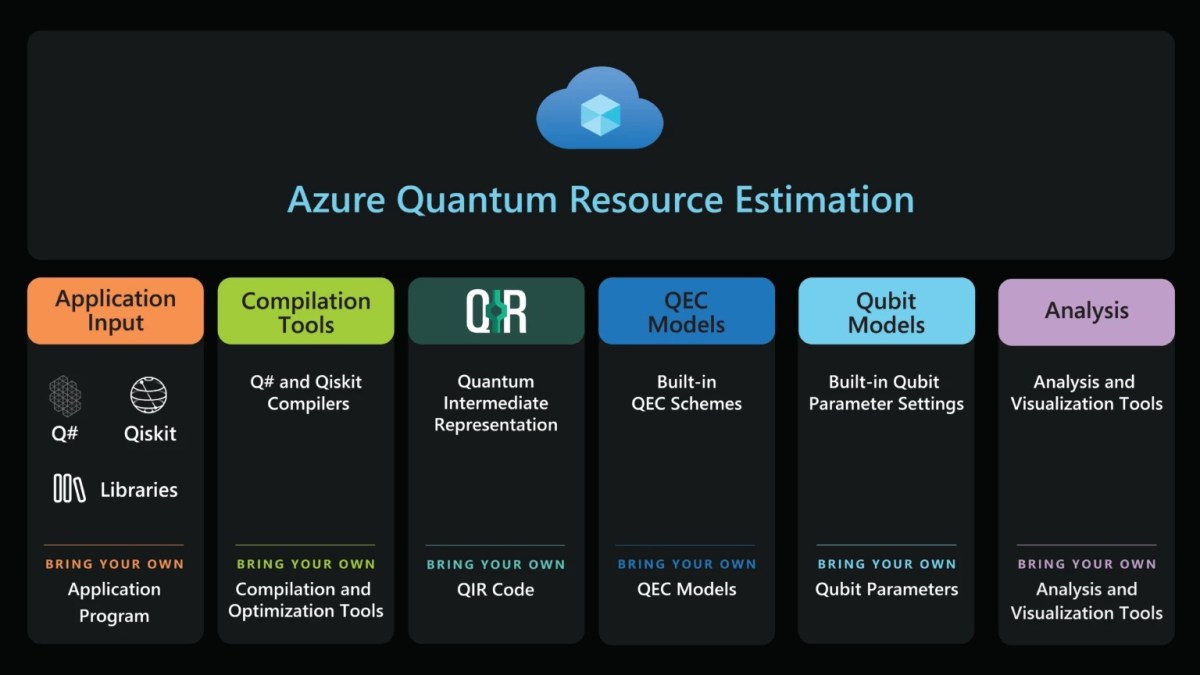Azure Resource Manager : 7 Powerful Benefits You Must Know
Welcome to the world of cloud efficiency! Azure Resource Manager (ARM) is Microsoft’s backbone for managing cloud resources, offering unmatched control, automation, and scalability. Whether you’re a developer, DevOps engineer, or cloud architect, understanding ARM is your first step toward mastering Azure.
What Is Azure Resource Manager (ARM)?

Azure Resource Manager (ARM) is the deployment and management service for Azure, serving as the control plane that allows you to create, update, and delete resources within your Azure environment. It acts as the central hub for managing infrastructure as code (IaC), enabling consistent deployment and governance across your cloud ecosystem.
The Evolution from Classic to ARM
Prior to ARM, Azure used a deployment model known as “Classic,” where resources were managed in isolation. This led to fragmented management, lack of dependency control, and inconsistent deployment practices. With the introduction of ARM in 2014, Microsoft shifted to a resource group–based model, enabling logical grouping and lifecycle management of related resources.
Azure Resource Manager (ARM) – Azure Resource Manager (ARM) menjadi aspek penting yang dibahas di sini.
- Classic model managed resources individually.
- ARM introduced resource groups and declarative templates.
- Improved auditability, access control, and deployment repeatability.
“ARM transformed how we manage Azure—moving from siloed scripts to structured, reusable infrastructure definitions.” — Azure Solutions Architect, Microsoft MVP
Core Components of ARM
ARM is built on several foundational components that work together to deliver a robust management experience:
- Resource Groups: Logical containers that hold related resources for an application.
- Resources: Individual services like VMs, databases, or networks managed through ARM.
- Resource Providers: Services that supply resources (e.g., Microsoft.Compute, Microsoft.Storage).
- ARM Templates: JSON-based declarative files defining infrastructure and configuration.
- Management Layer: The API layer that processes requests and enforces policies.
These components allow users to apply role-based access control (RBAC), enforce policies via Azure Policy, and deploy complex environments using automation tools like Azure CLI, PowerShell, or CI/CD pipelines.
Azure Resource Manager (ARM) Templates Explained
One of the most powerful features of Azure Resource Manager (ARM) is its template system. ARM templates are JSON files that define the infrastructure and configuration for your Azure solution. They enable you to deploy, update, or delete multiple resources in a single, coordinated operation.
Azure Resource Manager (ARM) – Azure Resource Manager (ARM) menjadi aspek penting yang dibahas di sini.
Structure of an ARM Template
An ARM template follows a specific JSON schema with several key sections:
- $schema: Defines the template version and schema location.
- contentVersion: A user-defined version number for the template.
- parameters: Inputs that allow customization during deployment.
- variables: Reusable values derived from parameters or constants.
- resources: The core section defining which Azure resources to deploy.
- outputs: Values returned after deployment (e.g., IP addresses, endpoints).
Example snippet:
{
"$schema": "https://schema.management.azure.com/schemas/2019-04-01/deploymentTemplate.json#",
"contentVersion": "1.0.0.0",
"parameters": {
"storageAccountName": {
"type": "string"
}
},
"resources": [
{
"type": "Microsoft.Storage/storageAccounts",
"apiVersion": "2021-04-01",
"name": "[parameters('storageAccountName')]",
"location": "[resourceGroup().location]",
"sku": {
"name": "Standard_LRS"
},
"kind": "StorageV2"
}
]
}This structure ensures consistency and allows teams to version-control their infrastructure just like application code.
Azure Resource Manager (ARM) – Azure Resource Manager (ARM) menjadi aspek penting yang dibahas di sini.
Benefits of Using ARM Templates
ARM templates offer several compelling advantages over manual or script-based deployments:
- Idempotency: Running the same template multiple times results in the same state, preventing configuration drift.
- Reusability: Templates can be shared across environments (dev, test, prod) with parameterization.
- Version Control: Store templates in Git for audit trails, rollbacks, and team collaboration.
- Validation: Azure validates templates before deployment, reducing runtime errors.
- Integration: Works seamlessly with Azure DevOps, GitHub Actions, and Terraform (via AzureRM provider).
For organizations adopting DevOps practices, ARM templates are a cornerstone of reliable, repeatable deployments.
Deployment Models in Azure Resource Manager (ARM)
Azure Resource Manager (ARM) supports multiple deployment models, each suited to different scenarios and levels of complexity. Understanding these models helps you choose the right approach for your projects.
Azure Resource Manager (ARM) – Azure Resource Manager (ARM) menjadi aspek penting yang dibahas di sini.
Incremental vs. Complete Mode
When deploying ARM templates, you can choose between two modes:
- Incremental Mode: Adds new resources or updates existing ones without affecting resources not defined in the template.
- Complete Mode: Deletes any resources in the resource group that are not included in the template—use with caution!
For example, if your template defines only a storage account and you deploy in complete mode, all other resources in the group (like VMs or networks) will be deleted. This makes complete mode ideal for clean environments or sandbox testing, but risky in production.
Nested and Linked Templates
For complex architectures, ARM supports modular template design:
Azure Resource Manager (ARM) – Azure Resource Manager (ARM) menjadi aspek penting yang dibahas di sini.
- Nested Templates: Embed one template inside another using the
resourcessection. - Linked Templates: Reference external templates via URI, promoting reuse and separation of concerns.
Example use case: A master template deploys a VNet, then links to separate templates for web, app, and database tiers. This improves maintainability and enables team-based development.
Learn more about template linking in the official Microsoft documentation.
Role-Based Access Control (RBAC) in Azure Resource Manager (ARM)
Security is paramount in cloud environments, and Azure Resource Manager (ARM) integrates tightly with Azure’s Role-Based Access Control (RBAC) system to enforce least-privilege access.
Azure Resource Manager (ARM) – Azure Resource Manager (ARM) menjadi aspek penting yang dibahas di sini.
Understanding Built-in Roles
Azure provides several built-in roles that can be assigned at different scopes (subscription, resource group, resource):
- Owner: Full access, including role assignment.
- Contributor: Can create and manage all resources, but cannot grant access.
- Reader: View-only access.
- Virtual Machine Contributor: Manage VMs only.
- Network Contributor: Manage networking resources.
These roles are applied through ARM’s management plane, ensuring consistent enforcement regardless of deployment method.
Creating Custom Roles with ARM
When built-in roles don’t meet your needs, ARM allows you to define custom roles using JSON. You can specify exactly which actions are allowed or denied on specific resource types.
Azure Resource Manager (ARM) – Azure Resource Manager (ARM) menjadi aspek penting yang dibahas di sini.
Example scenario: A database team needs to manage SQL servers but should not be able to modify virtual networks. A custom role can grant Microsoft.Sql/servers/* permissions while denying Microsoft.Network/*.
Custom roles are defined and managed via ARM APIs, making them part of your infrastructure governance strategy.
Policy and Governance with Azure Resource Manager (ARM)
As cloud environments grow, maintaining compliance and enforcing standards becomes critical. Azure Resource Manager (ARM) powers Azure Policy and Azure Blueprints to enable centralized governance.
Azure Resource Manager (ARM) – Azure Resource Manager (ARM) menjadi aspek penting yang dibahas di sini.
Enforcing Compliance with Azure Policy
Azure Policy uses ARM to evaluate resources against rules and apply remediation. Policies can:
- Require specific tags (e.g.,
CostCenter). - Enforce allowed VM SKUs.
- Ensure storage accounts are encrypted.
- Restrict resource locations (e.g., only US regions).
Policies are defined using JSON and evaluated during deployment (preventive) or post-deployment (corrective). For example, a policy can deny deployment of public blob storage containers, reducing data exposure risks.
Explore policy definitions at Azure Policy Documentation.
Azure Resource Manager (ARM) – Azure Resource Manager (ARM) menjadi aspek penting yang dibahas di sini.
Using Azure Blueprints for Repeatable Environments
Azure Blueprints go beyond policy by packaging ARM templates, role assignments, policies, and resource groups into reusable blueprints. These are ideal for onboarding new projects or departments with standardized configurations.
- Define a “Secure Baseline” blueprint with NSGs, logging, and RBAC.
- Assign the blueprint to new subscriptions automatically.
- Version blueprints to manage changes over time.
Blueprints are deployed via ARM, ensuring consistency across hundreds of subscriptions in enterprise environments.
Monitoring and Troubleshooting in Azure Resource Manager (ARM)
Even with robust automation, issues can arise. Azure Resource Manager (ARM) provides comprehensive tools for monitoring, auditing, and troubleshooting deployments.
Azure Resource Manager (ARM) – Azure Resource Manager (ARM) menjadi aspek penting yang dibahas di sini.
Using Azure Activity Log
The Azure Activity Log, accessible through the ARM API, records all control-plane operations on your resources. It captures:
- Who performed an action (user or app).
- When it happened.
- Which resource was affected.
- The status (success/failure).
- Operation details (e.g.,
Microsoft.Compute/virtualMachines/write).
This log is essential for security audits, compliance reporting, and incident investigation. You can stream it to Log Analytics, Event Hubs, or Storage for long-term retention.
Diagnosing Deployment Failures
When an ARM template deployment fails, Azure provides detailed error messages through:
Azure Resource Manager (ARM) – Azure Resource Manager (ARM) menjadi aspek penting yang dibahas di sini.
- The Deployments tab in the resource group.
- Azure CLI (
az deployment group show --name <name>). - PowerShell (
Get-AzResourceGroupDeployment).
Common errors include:
- Invalid JSON syntax in templates.
- Resource name conflicts.
- Quota limits exceeded.
- Insufficient permissions (RBAC).
ARM also supports what-if operations (preview), which simulate deployments and show what would be created, modified, or deleted—without making actual changes. This is invaluable for validating changes before execution.
Best Practices for Azure Resource Manager (ARM)
To get the most out of Azure Resource Manager (ARM), follow these proven best practices that enhance reliability, security, and maintainability.
Azure Resource Manager (ARM) – Azure Resource Manager (ARM) menjadi aspek penting yang dibahas di sini.
Organize Resources with Logical Grouping
Use resource groups to reflect application lifecycles, not technical tiers. For example, group all components of a web app (VMs, DB, network) in one resource group, rather than separating by type.
- Deploy and delete entire applications together.
- Simplify cost tracking and tagging.
- Apply RBAC and policies at the group level.
Avoid placing unrelated resources in the same group, as this can lead to accidental deletions or permission conflicts.
Use Parameters and Variables Effectively
Design templates to be reusable across environments by externalizing configuration via parameters:
Azure Resource Manager (ARM) – Azure Resource Manager (ARM) menjadi aspek penting yang dibahas di sini.
- Define environment-specific values (e.g.,
vmSize,location) as parameters. - Use variables for computed values (e.g.,
storageAccountName=concat('st', uniqueString(resourceGroup().id))). - Validate parameters with
allowedValuesto prevent invalid inputs.
This approach reduces duplication and makes templates easier to manage at scale.
Secure Your ARM Templates and Deployments
Security should be baked into your ARM strategy:
- Never hardcode secrets (passwords, keys) in templates. Use Azure Key Vault references instead.
- Restrict template access using RBAC.
- Sign templates with Azure Policy to ensure only approved templates are deployed.
- Use managed identities for deployment automation to avoid credential storage.
For example, you can retrieve a SQL password from Key Vault during deployment:
Azure Resource Manager (ARM) – Azure Resource Manager (ARM) menjadi aspek penting yang dibahas di sini.
"parameters": {
"adminPassword": {
"reference": {
"keyVault": {
"id": "/subscriptions/<id>/resourceGroups/<rg>/providers/Microsoft.KeyVault/vaults/<vault>"
},
"secretName": "sqlPassword"
}
}
}This keeps sensitive data out of source control and deployment logs.
Future of Azure Resource Manager (ARM) and Alternatives
While Azure Resource Manager (ARM) remains the native and most deeply integrated deployment model, Microsoft continues to evolve its infrastructure-as-code offerings. Understanding the landscape helps you make informed decisions.
ARM vs. Bicep: The Next Generation
Bicep is a declarative domain-specific language (DSL) developed by Microsoft as a successor to ARM templates. It compiles down to ARM JSON but offers:
Azure Resource Manager (ARM) – Azure Resource Manager (ARM) menjadi aspek penting yang dibahas di sini.
- Improved readability and syntax.
- Native support for modules (replacing linked templates).
- Better IDE support (IntelliSense, error checking).
- Transparent interoperability with existing ARM templates.
Example Bicep code:
param location string = resourceGroup().location
param storageName string
resource stg 'Microsoft.Storage/storageAccounts@2021-04-01' = {
name: storageName
location: location
sku: {
name: 'Standard_LRS'
}
kind: 'StorageV2'
}Bicep is open-source and recommended for new projects, though ARM templates remain fully supported.
Learn more at Bicep Documentation.
Azure Resource Manager (ARM) – Azure Resource Manager (ARM) menjadi aspek penting yang dibahas di sini.
Integration with Terraform and Other Tools
Many organizations use HashiCorp Terraform for multi-cloud infrastructure management. Terraform integrates with Azure via the AzureRM provider, which communicates directly with ARM APIs.
- Terraform offers state management and drift detection.
- Supports multi-cloud and hybrid scenarios.
- Can coexist with ARM templates in the same environment.
However, Terraform does not support all Azure features as quickly as native ARM/Bicep, and some advanced Azure services (e.g., Azure Policy, Blueprints) are better managed through ARM-native tools.
What is Azure Resource Manager (ARM)?
Azure Resource Manager (ARM) – Azure Resource Manager (ARM) menjadi aspek penting yang dibahas di sini.
Azure Resource Manager (ARM) is the deployment and management framework for Azure resources. It provides a consistent layer for creating, updating, and deleting resources through templates, APIs, and role-based access control.
What are ARM templates?
ARM templates are JSON files that define the infrastructure and configuration of Azure resources. They enable automated, repeatable, and version-controlled deployments across environments.
Azure Resource Manager (ARM) – Azure Resource Manager (ARM) menjadi aspek penting yang dibahas di sini.
Is ARM still relevant with Bicep and Terraform?
Yes. ARM remains the foundational management layer for Azure. Bicep compiles to ARM templates, and Terraform uses ARM APIs. Understanding ARM is essential regardless of the tooling you choose.
How do I secure ARM template deployments?
Azure Resource Manager (ARM) – Azure Resource Manager (ARM) menjadi aspek penting yang dibahas di sini.
Use Azure Key Vault for secrets, apply RBAC to limit access, validate templates before deployment, and integrate with Azure Policy to enforce governance rules.
Can I use ARM templates across multiple subscriptions?
Yes. ARM supports cross-subscription deployments by specifying the target subscription ID during deployment. You can also deploy at the management group or tenant level for enterprise-scale automation.
Azure Resource Manager (ARM) – Azure Resource Manager (ARM) menjadi aspek penting yang dibahas di sini.
In conclusion, Azure Resource Manager (ARM) is the cornerstone of effective cloud management in Azure. From enabling infrastructure-as-code with templates to enforcing security and compliance through RBAC and Azure Policy, ARM provides the tools needed to build scalable, secure, and maintainable cloud environments. Whether you’re using native ARM templates, the modern Bicep language, or third-party tools like Terraform, all roads lead back to ARM. By mastering its concepts and best practices, you empower your team to deliver faster, safer, and more reliable cloud solutions. The future of cloud operations is automated, governed, and repeatable—and ARM is at the heart of it all.
Azure Resource Manager (ARM) – Azure Resource Manager (ARM) menjadi aspek penting yang dibahas di sini.
Recommended for you 👇
Further Reading:

